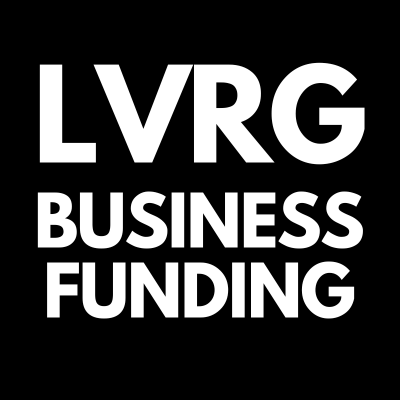Don't Get Cocky: Here’s How Your Profitable Business Can Easily Fall into a Cash Crunch
You've worked hard to build a profitable business, but don't let success breed complacency. Even the most lucrative businesses can stumble into a cash crunch if they're not careful. Here's how it can happen:
1. Overexpansion: Rapid growth can strain your finances. If you expand too quickly without the necessary capital, you might find yourself unable to cover increased operating costs, leading to a cash flow shortage.
2. Unforeseen Expenses: No matter how well you plan, unexpected costs can blindside your business. Whether it's equipment breakdowns, legal disputes, or regulatory changes, these unforeseen expenses can quickly deplete your cash reserves.
3. Late Payments: Your clients might be slow to pay or even default on their invoices, disrupting your cash flow. Relying on a small number of large clients can amplify this risk, as the loss of one can have a disproportionate impact on your finances.
4. Market Shifts: A sudden downturn in your industry or changes in consumer preferences can erode your revenue streams. If you're caught off guard, your business might struggle to adapt, leading to a cash crunch.
5. Inefficient Operations: Ineffective cost management, bloated overheads, or inventory mismanagement can tie up your capital and strain your cash flow, especially as your business grows.
To avoid falling into a cash crunch despite your business's profitability, it's crucial to maintain a cautious and proactive approach. Regularly review your financial health, maintain a healthy cash reserve, diversify your client base, and seek flexible funding options from LVRG to weather any potential storms. Remember, even the most successful businesses can face financial challenges. Stay vigilant and adaptable to ensure your continued success.
What to Do if Your Business Slips into a Cash Crunch
Experiencing a cash crunch can be a challenging time for any business, but there are steps you can take to navigate through this situation effectively:
1. Assess the Situation: Start by conducting a thorough analysis of your current financial state. Review your cash flow, outstanding invoices, and upcoming financial obligations to understand the depth of the cash crunch.
2. Reduce Expenses: Look for areas where you can cut costs without compromising essential business operations. This could involve renegotiating contracts with suppliers, reducing discretionary spending, or evaluating non-essential expenses.
3. Accelerate Customer Payments: Encourage customers to pay their outstanding invoices promptly. Offer discounts for early payments or consider incentivizing faster payments to improve your immediate cash position.
4. Explore Financing Options: Research various financing options from LVRG such as cash flow financing, working capital loans, small business loans, merchant cash advances, and business lines of credit. Each option has its pros and cons, so choose the one that best aligns with your business needs and financial situation.
5. Reassess Your Pricing Strategy: Evaluate your pricing to ensure that it covers your costs and generates sufficient profit. If necessary, consider modest price adjustments to improve your cash flow without alienating your customer base.
6. Communicate with Creditors and Suppliers: If you anticipate challenges meeting payment obligations, proactively communicate with your creditors and suppliers. Discuss the possibility of revised payment schedules or alternative arrangements to alleviate immediate financial strain.
7. Optimize Inventory Management: Analyze your inventory management processes and identify opportunities to reduce inventory levels or improve inventory turnover. This can free up cash that is currently tied up in excess stock.
8. Seek Professional Advice: Consult with financial advisors, accountants, or business consultants to gain valuable insights and guidance. Their expertise can provide a fresh perspective and help you develop a strategic plan to overcome the cash crunch.
9. Explore Additional Revenue Streams: Consider diversifying your revenue streams or launching new products/services to generate additional income. This can infuse much-needed cash into your business during a challenging period.
10. Maintain a Long-Term Focus: While addressing immediate cash flow challenges is crucial, it's equally important to maintain a long-term perspective. Develop a sustainable financial strategy to safeguard against future cash crunches and build financial resilience.
Remember, navigating a cash crunch requires careful planning, proactive decision-making, and a willingness to adapt to changing circumstances. By implementing these strategies, you can steer your business through the challenges of a cash crunch and emerge stronger on the other side.

